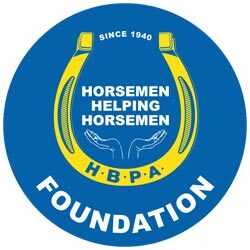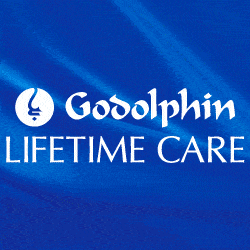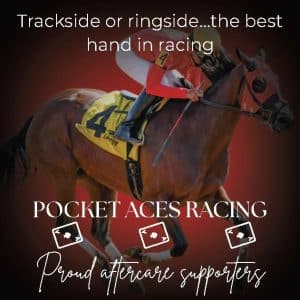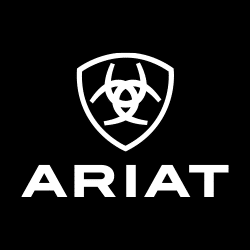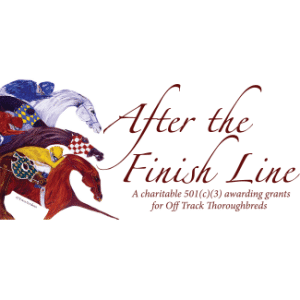Whether pointing horses to the starting gate or start box, training principles aren’t so different.
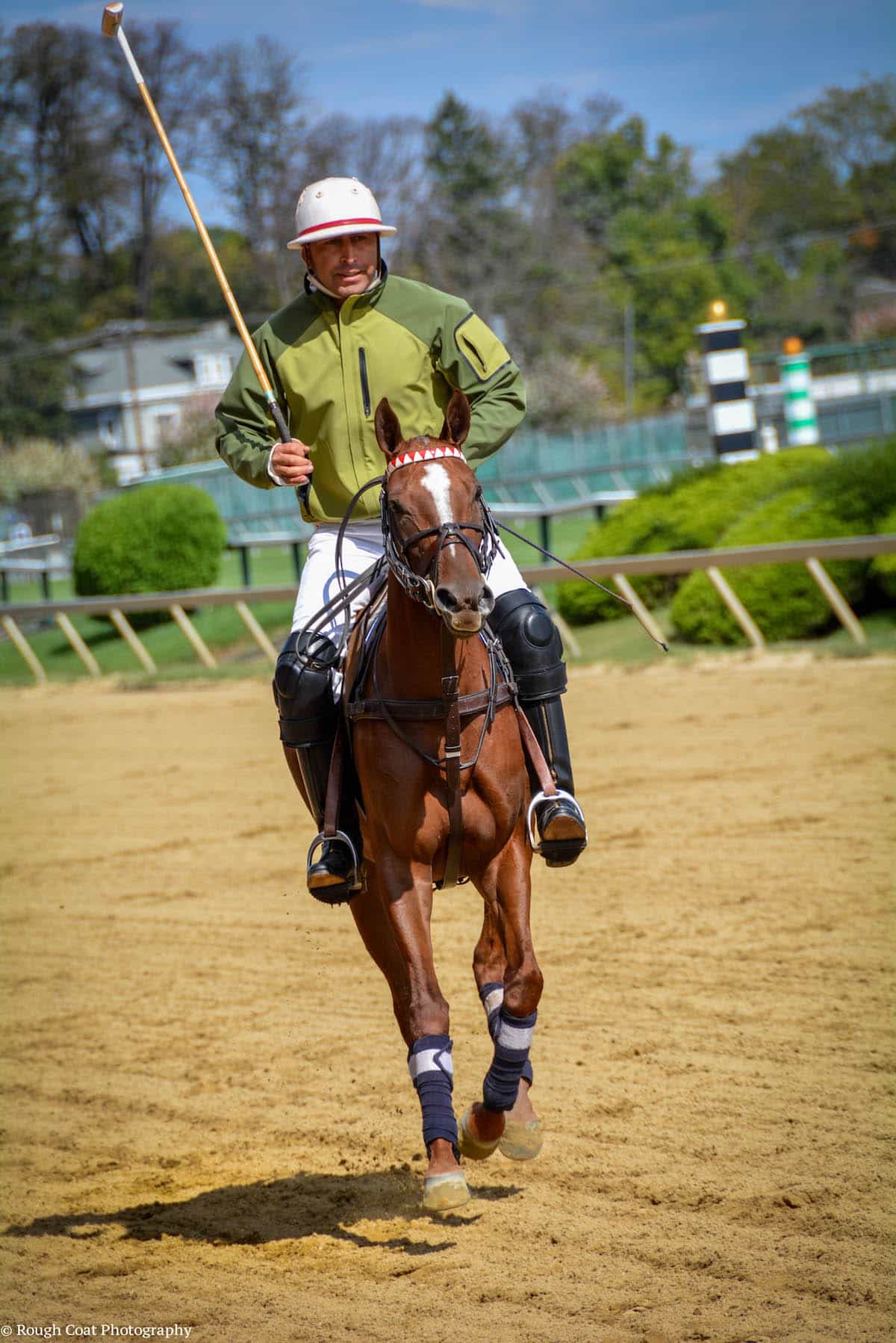
Photo by Rough Coat Photography
Nick Rennekamp was 18 when he purchased his first off-track Thoroughbred (OTTB) for $300 while working with a Thoroughbred trainer in Ocala, Florida, who also played polo. “I sold it the next year for $3,500 and said, ‘Oh, this is easy!’ ” he laughed. But 44 years and a successful professional polo training career later, he’s learned there’s a lot more to priming a former racehorse for polo than a brief crash course in lead changes and mallet swings.
Indeed, producing a Thoroughbred as an athlete, whether headed for the track or the arena, requires good prospect selection, along with ample time and patience. What we have on our side, however, are adaptable, trainable and hard-working subjects that enjoy having jobs and aim to please.
Select and Tailor
“Any good athlete — a Thoroughbred racehorse — can make a sport horse,” says Thoroughbred racehorse trainer and Hall of Fame show jumper Rodney Jenkins. “A good athlete on the racetrack will be a good athlete in jumping or have movement in dressage.”
But, as three-day eventing legend Bruce Davidson points out, this doesn’t mean one should overlook a horse with an unimpressive race record. Davidson, who also has his racehorse training license, has taken several average Thoroughbred racehorses and converted them to eventing superstars.
“Might Tango won the world championships in the three-day event in Kentucky in 1978, and he was an ex-racehorse,” he says. “He wasn’t a good racehorse, but he was a wonderful sport horse. Dr. Peaches (who won the Rolex Kentucky 3-Day Event three times), the same thing. I’ve had lots and lots of the same thing — they were all very, very average racehorses, probably poorly trained, but became wonderful sport horses.”
No matter the background, our trainers agree that it’s crucial to treat each horse as an individual and condition them as such.
“I know a lot of people who train their racehorses just like they do their show horses,” Jenkins says. “They have a regimen. They believe in going slow. If the horses are going backwards (regressing), they start over.”
Davidson agrees noting that his training philosophies don’t differ whether he’s producing a racehorse or an event horse.
“Each discipline is different, but (the principles are) the same,” he says. “To make a successful racehorse, you have to teach them to go in the gate, not be nappy (fussy, objectionable) as you go past the gap that goes back to the stables. And those are the same things for a sport horse. I would say that training, whether you’re training a Western horse, an English horse, a racehorse or whatever, the … process is very similar for each discipline.”
Essentially, don’t rush things, and aim to produce a relaxed racehorse.
Ease Off the Gas Pedal to Speed Up
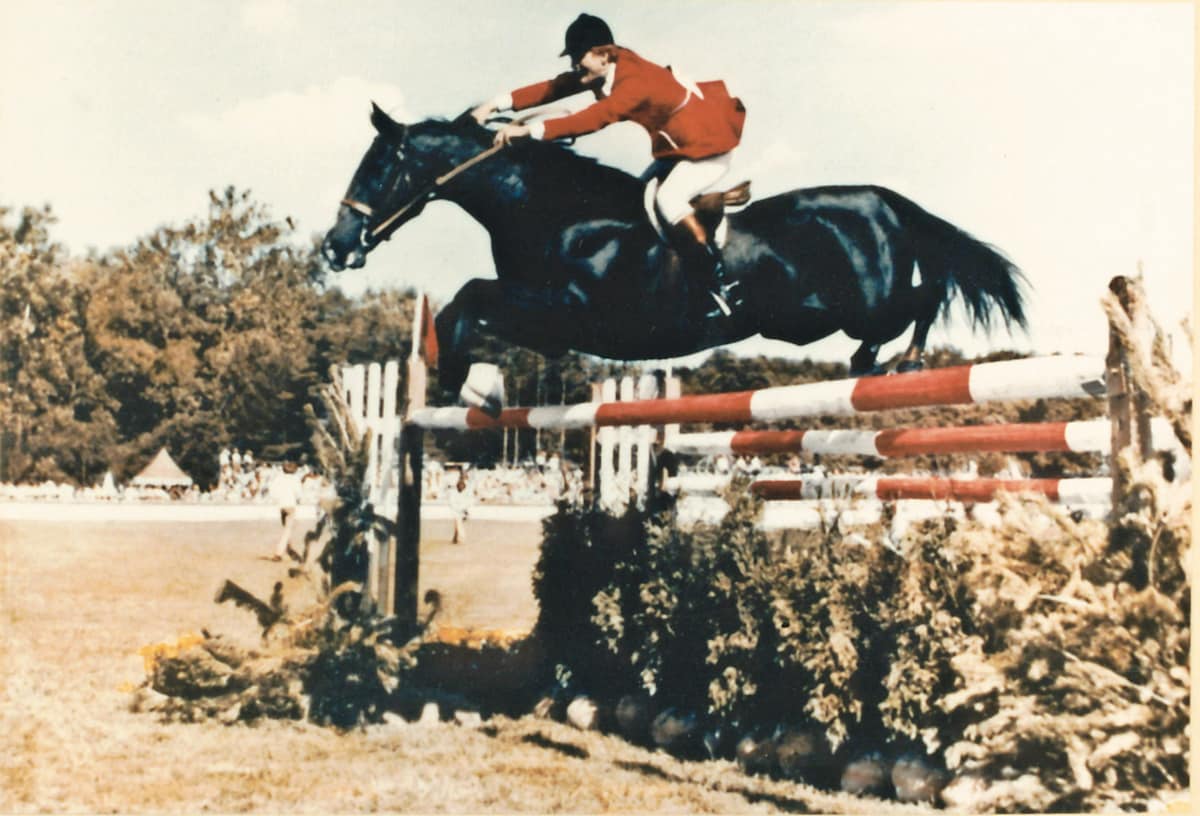
Rodney Jenkins says one of the best show jumpers he ever had was ex-racehorse Idle Dice, with whom he won 31 grand prixs. Courtesy Show Jumping Hall of Fame and Museum Inc.
“There’s a wonderful old saying that with horses, if you want to go fast, you have to go slow,” Davidson says. “Take your time and get them used to the gate the right way, get them used to the whole atmosphere of the racetrack the right way, just like you take a show horse and get them used to the atmosphere of the show grounds or the dressage ring or the show jumping ring.”
Jenkins cautions that you don’t want the horse to learn too fast. If he does, “maybe the first or second time you run him, he’s great,” he says, “but then he starts getting nervous in the paddock and gets habits in the gate, because he’s a fast learner. He’s anticipating his job.”
In other words, even the fast learners need to go slow. Sure, you might have followed his natural pace of learning, but too much too soon can result in an anxious horse that assumes he knows what your next move will be. Think of a dressage horse growing tense before breaking from trot to canter three strides before he’s meant to at C — you’ve practiced the test several times and, being a quick study, he knows it’s coming, so he anticipates your cues.
Slowing it down boils down to a combination of downtime and mindful reschooling.
“If you get a horse from the racetrack, give him six months to get his system back, turn him out, and get him healthy on the inside,” Jenkins says. Most ex-racehorses have been stressed during their time on the track, he says, so they’ll need time to get their bodies and minds back to just being horses.
Rennekamp shares that philosophy and has seen what happens in its absence. “Some people just take them and put them right into training, or sell or adopt them out right away,” he says. “That’s where you get into trouble. If you try to put them into polo training right away, it’s just too similar to the racetrack — to be out on the field with seven other horses.”
Once a horse is healthy, happy and ready to begin retraining, Davidson, Jenkins and Rennekamp all say to train each horse based on what you discover he needs.
Davidson says, “It doesn’t matter how old your racehorse is — it might be a 3-year-old, or it might be a 5- or 6-year-old — you just start to work with each individual horse according to their needs. Whether they’re nervous, whether they have a racehorse mouth, which means no mouth at all (i.e., they ignore rein cues and/or don’t accept the bit), whatever it is that each individual needs. You just start taking care of that issue just like you would with a child.”
Managing Their Minds
Jenkins adds, “They’re very smart horses, and they’re very easy to train to do their jobs.”
So does Thoroughbreds’ intelligence work against them? “It can,” Jenkins says. “But it can help them, too. If you teach him right, train him right, that intelligence will stay with him. They have incredible minds, horses do. They never forget anything that happens to them, especially anything bad. But even good things — they remember.”
Rennekamp says OTTBs have a short duration during which they can effectively learn, so he encourages riders not to get caught in the “one more time” trap when schooling.
“You have to realize that when you first get on, it might take you five or 10 minutes to get where they’re relaxed enough to learn something,” he says. “Then after that, you’ve got about a 10-minute window. After that, they’re going to start getting bored.
“And I’m not saying that it’s not great to take them out on a three-hour trail ride — that’s wonderful,” Rennekamp stresses. “But as far as teaching them something, you only have that small window.”
Once you’ve accomplished your goals for a particular training session, call it quits for the day, Rennekamp says, “You saw how wonderfully she just turned; why do it one more time? Twenty-five minutes later you’re both going to be sweating and fuming and storming.
“So many people expect too much,” he says. “They’re just like kids: They’re going to have bad days.”
Combat frustration with exposure to new environments and experiences. “If you have places to go cross-country, go out in fields … get them back to the real nature of a horse,” Jenkins says.
Race Recall
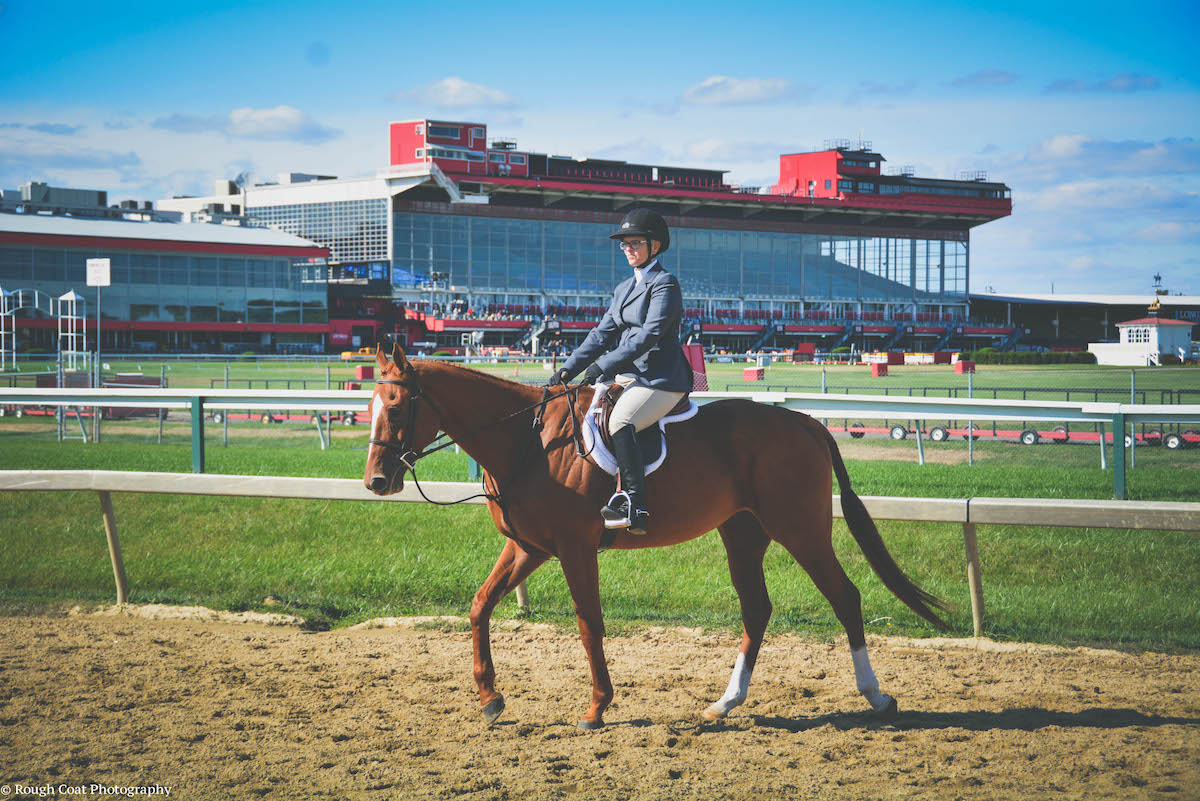
Don’t be surprised if you take a newly retired racehorse to a racetrack venue or one with a PA system for the first time and he has dejà vù. Courtesy Rough Coat Photography
At the end of the day, the Thoroughbred who has raced, deep-down, is still a racehorse with memories of a different set of goals — to run fast and focused.
“In my opinion, you have to remember where they came from,” says Jenkins. “Riders have to be patient to handle that. I can see having to start over a lot. If you go too fast with this whole process, you end up making him a nervous sport horse. They’re already sitting very much on key (i.e., keyed up) … much, much hotter than a Warmblood.”
So, for example, taking recently retired horses back to racetracks can prove problematic. Jenkins says the best show jumper he ever had — Idle Dice, an ex-racehorse who came from Waterford Park, in West Virginia — could always tell when he’d returned to a track for a competition, even years after his racing career had concluded.
“The first time I took him to the racetrack he knew,” he recalls. “It was a horse show in Jacksonville, Florida. I put him in a stall that night, and this horse was 17.2. I came the next morning, and I could barely find him — he’d dug his way down, and he looked like he was about 12 hands. And that’s the only real stress factor I ever saw in him. It got to where I could show him on a racetrack if they had it in the infield, but he never was comfortable (on the grounds of) a track.”
For other horses it’s not necessarily a track environment that can prove problematic but, rather, sounds that mimic it. Rennekamp recommends being prepared when taking newly started OTTBs to locations where a public address (PA) system will be in use.
“The PA system is what really flips the switch,” he said. “At the farm, you think, ‘Oh my gosh, she’s doing so well!’ And then the first time you take them to a venue with a PA, all your training goes out the window. That’s why I try to stay away from horses that have had more than 10 starts. Usually once they’ve had 30 or 40 starts it’s déjà vu when they get out there with the PA system and seven other horses running wild. It’s, ‘Sorry, I’m going back to the races.’ ”
The Bottom Line
Ultimately, our trainers agree that training — whether for the racetrack or for a second career — should be tailored to each horse’s individual needs. Also, be patient in bringing horses along, and avoid pushing them faster or harder than they’re ready for.
When produced properly, the trainers all believe ex-racehorses can be ideal mounts with big futures.
“For me, a Thoroughbred has the greatest temperament of almost any horse,” Davidson said. “They are very willing; they’re very, very trainable; and they want to be useful animals.”
Jenkins adds, “People are getting sound horses now, not just broke-down racehorses. If there’s a young person who’s maybe not wealthy enough to buy the old mighty horse, give him a chance to make his own mighty horse. I think it’s a great thing that it’s finally come to that. It makes the whole race world much friendlier, and it’s a good thing for the whole horse world.”
This article was originally published in the Fall 2015 issue of Off-Track Thoroughbred Magazine, the only publication dedicated to the Thoroughbred ex-racehorse in second careers. Want four information-packed issues a year delivered to your door or your favorite digital device? Subscribe now!


